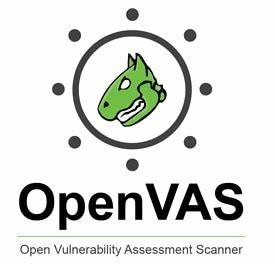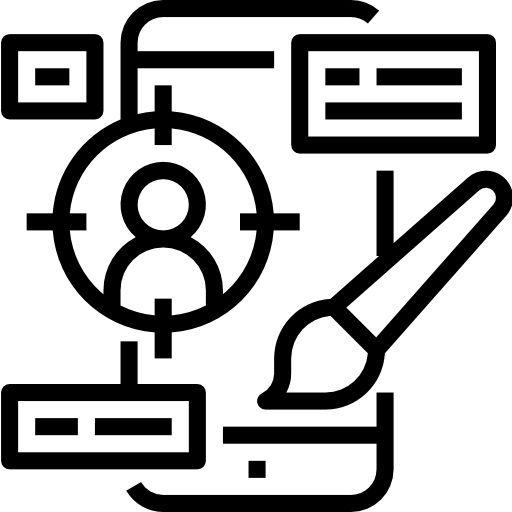
250 +
Customisations
Done
Server Security and Compliance Services Explore
Our server security and compliance services are designed to help businesses proactively mitigate security risks, protect sensitive data, and ensure adherence to regulatory requirements. In today's evolving threat landscape, where cyber attacks are increasingly sophisticated and regulatory scrutiny is on the rise, it's essential for businesses to implement robust security measures and maintain compliance with industry standards.
Key features of our server security and compliance services include:
-
Vulnerability Assessments: Conduct regular vulnerability assessments to identify potential security weaknesses and prioritize remediation efforts to strengthen the security posture of your servers.
-
Patch Management: Implement timely patch management processes to apply security updates and patches to servers and associated software, minimizing the risk of exploitation by cyber attackers.
-
Access Control: Implement robust access control mechanisms, including user authentication, authorization, and least privilege principles, to prevent unauthorized access to server resources and sensitive data.
-
Encryption: Utilize encryption technologies to protect data both at rest and in transit, safeguarding against unauthorized access and data breaches.
-
Security Audits and Compliance Reporting: Conduct periodic security audits and generate compliance reports to demonstrate adherence to industry regulations and standards, such as GDPR, HIPAA, PCI DSS, and ISO 27001.
Technology we work
Latest &
Relaible Technologies
Microsoft WSUS
OpenVAS
Qualys
Nessus
Identifying and evaluating potential security vulnerabilities in systems, networks, and applications to proactively mitigate risks and prevent security breaches.
Ensuring that software and systems are up to date with the latest security patches and updates to address known vulnerabilities and protect against cyber threats.
Implementing measures to regulate and restrict access to systems, networks, and data, ensuring that only authorized users have appropriate levels of access based on their roles and permissions.
Protecting sensitive data by converting it into a secure format through encryption, making it unreadable to unauthorized users and ensuring confidentiality and integrity during transmission and storage.
Conducting regular security audits to assess the effectiveness of security measures, identify areas for improvement


FAQ's













